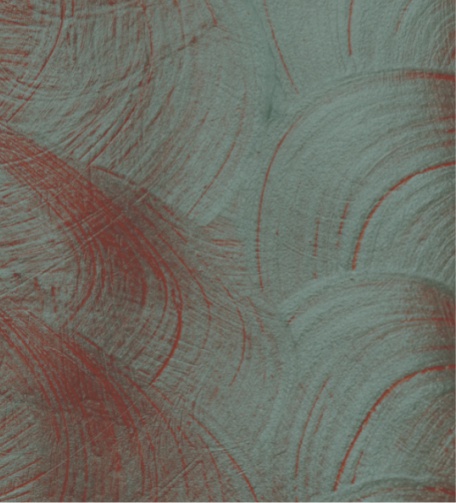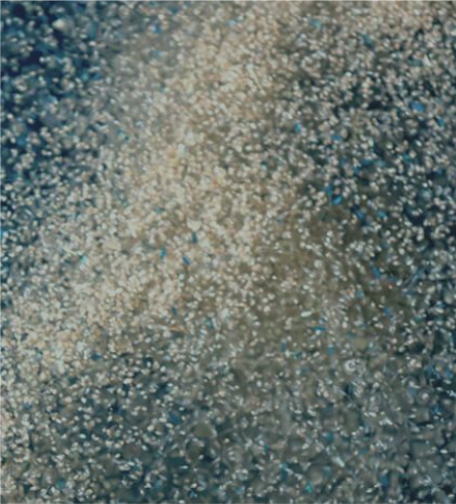Treat Vitiligo
There is no curative treatment to completely eliminate vitiligo.
There are solutions to reduce the visibility of white spots:
Topical treatments and corticosteroid therapy: different types of creams allow the skin to repigment itself. Topical treatments containing immunomodulatory active ingredients help repigment white spots.
Phototherapy is the essential treatment in the context of the repigmentation of vitiligo. People with white spots are exposed to light from UVB lamps . The radiation stimulates the repigmentation of the affected skin areas. 2 to 3 phototherapy sessions per week for at least 6 months are necessary to expect results. It is advisable not to exceed 400 treatment sessions;
_ Melanocyte transplantation is a surgical procedure. This technique consists of grafting melanocytes from healthy areas of the patient's skin onto white spots and depigmented areas. This solution is only intended for stable and small-scale vitiligo.
























